I am in Moldova this week, partly advising on a documentary, but also researching my current writing project. Today I took a trip into the breakaway state known as Transnistria, properly the Pridnestrovian Moldavian Republic (PMR). When the Soviet Union broke up and Moldova established its independence, the largely Russian-speaking population in Transnistria sought to retain its ties with the Soviet Union rather than have the Romanian language imposed upon them. In 1991, it turned into a brief shooting war with 700 dead, and a peace treaty was signed in 1992 that has held to the present day. The PMR is not officially recognised by any state, but it operates its own government and armed forces, assisted by Russian 'peacekeepers'. There are passport checks on the border, and they have their own currency. Economically, the country is in the grip of an oligarch who appears to own just about every modern facility.
My main reason for going was to visit the fortress at Bender (Bendery). Suleiman the Magnificent conquered the town from Moldavia in 1538 and renamed it Bender. Its fortifications were developed by the Turkish architect Koji Mimar Sinan. By the 18th century, it had become the central element of the Dniester fortress line (including Khotin and Akkerman), facing Russian advances into Ukraine.
The fortress has been extensively restored, incorporating both the original fortress and the more modern bastions and outworks.
There is a small museum inside, focusing on Charles XII, who had a base at Bender after the Battle of Poltava.
In Bender, there is also a memorial to those who died in the 1991-2 fighting.
Then it was off to Tiraspol, via an excellent traditional lunch and copious amounts of homemade wine. This is a Soviet era time capsule (replete with Lenin statues), overlaid with modernity, all owned by an oligarch. A beer in a Soviet diner was fun.
Another war memorial with a T34 tank. A fine statue of Suvorov, who founded the city facing the boss, Catherine the Great.
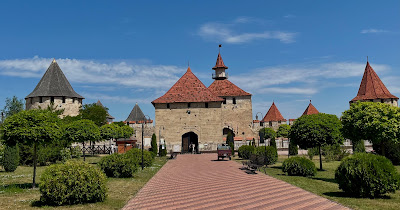
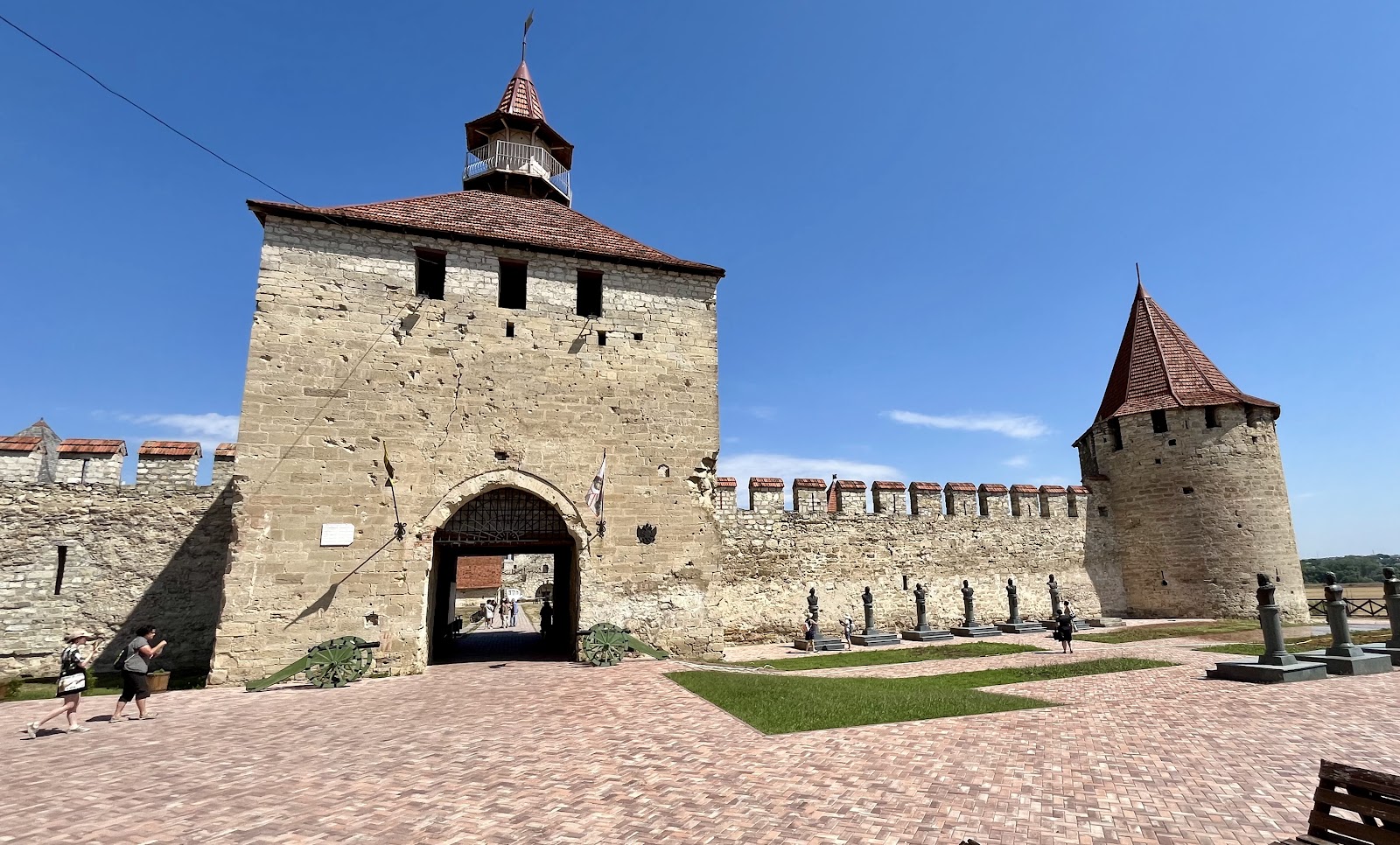
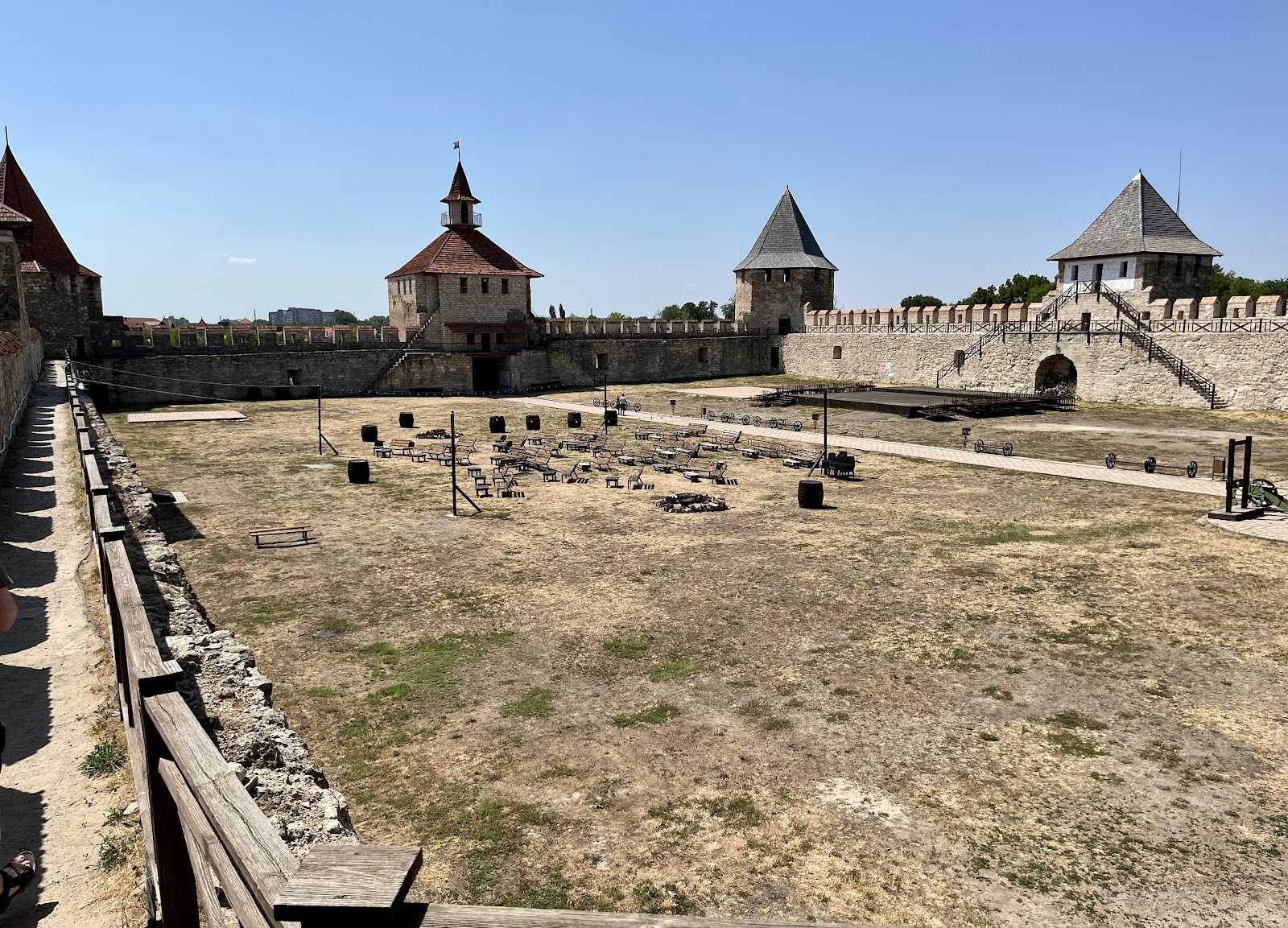






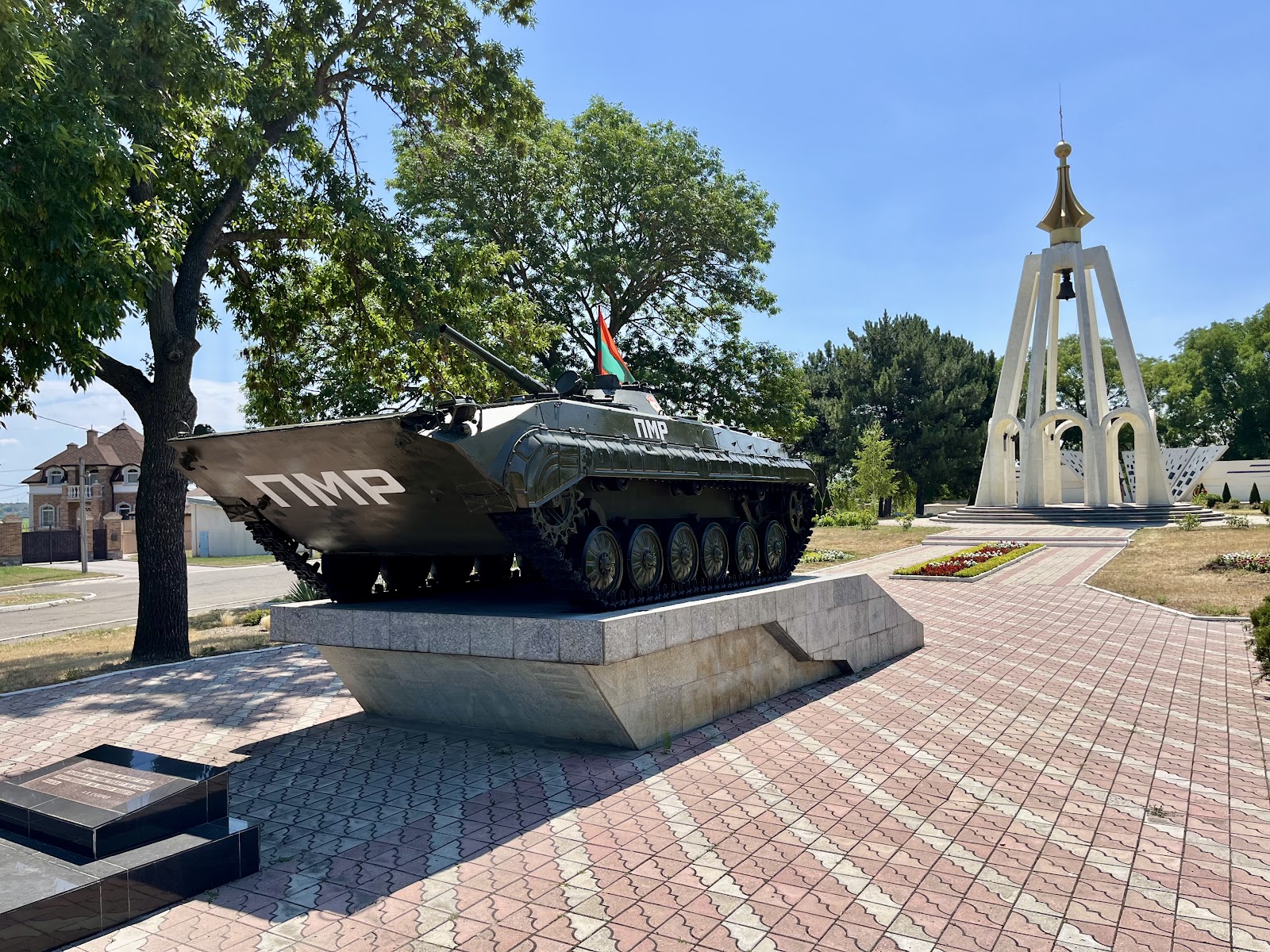
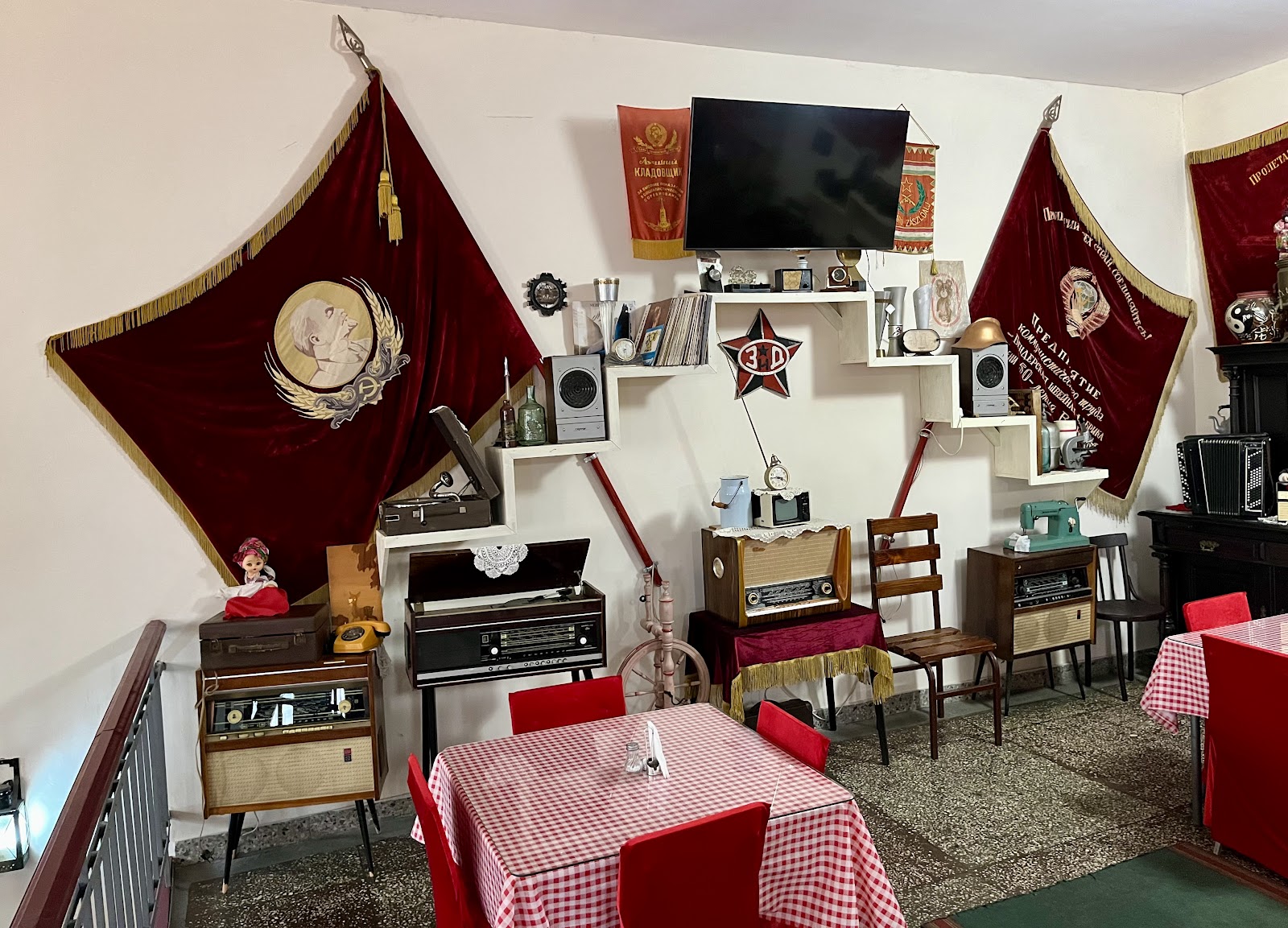




.jpg)














